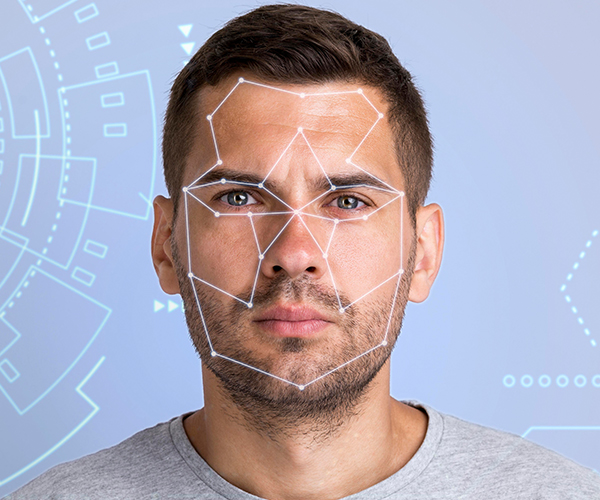Introduction
In the world of aesthetic medicine, full face contouring has emerged as a popular solution for individuals seeking to enhance their facial features and achieve a more balanced and youthful appearance. This non-invasive or minimally invasive procedure involves reshaping and refining specific areas of the face to create harmony and improve overall aesthetics. However, to truly understand the impact of full face contouring, it’s essential to explore the underlying anatomy and the key areas targeted during the process.
What is Full Face Contouring?
Full face contouring is a comprehensive cosmetic treatment designed to reshape and enhance the face by targeting multiple areas. The procedure may involve various techniques, including dermal fillers, Botox, and other skin-tightening methods. These techniques work together to add volume, reduce wrinkles, improve facial symmetry, and contour the overall structure of the face. Full face contouring is often customized to each individual’s unique facial anatomy and aesthetic goals, ensuring natural and personalized results.
Key Areas Targeted in Full Face Contouring
1. Forehead and Brow Area
The forehead and brow area play a crucial role in facial expressions and can significantly impact the perception of age and emotion. Over time, the skin in this region may sag or develop deep lines, giving the face a tired or angry appearance.
Targeting in Contouring: Botox is commonly used to relax the muscles that cause frown lines, while dermal fillers may be employed to smooth out wrinkles or add volume to hollow areas. Lifting and contouring the brow area can create a more open, refreshed, and youthful look.
2. Cheeks
The cheeks are a defining feature of facial structure. Loss of volume in the mid-face area is often one of the first signs of aging, leading to a more sunken or flattened appearance. Well-contoured cheeks are associated with youth, vitality, and beauty.
Targeting in Contouring: Dermal fillers are used to restore volume to the cheeks, enhancing the overall structure of the face. The goal is to achieve natural-looking, lifted cheeks that complement other facial features.
3. Nose
Nose reshaping, or non-surgical rhinoplasty, is another important aspect of full face contouring. Small adjustments to the shape of the nose can dramatically improve facial harmony, especially when done in conjunction with other contouring techniques.
Targeting in Contouring: Fillers can be used to correct minor imperfections, such as bumps or asymmetry, creating a smoother and more balanced nasal profile without the need for surgery.
4. Chin and Jawline
A well-defined chin and jawline are crucial to facial symmetry and overall aesthetics. Over time, the jawline can lose definition due to fat accumulation, sagging skin, or a weak chin structure.
Targeting in Contouring: Fillers are commonly used to strengthen a weak chin or sharpen the jawline, while Botox can be injected into the masseter muscles to slim the jaw. These techniques help achieve a more sculpted and balanced lower face, enhancing the profile and overall appearance.
5. Temples
The temples are often overlooked in facial contouring but play a key role in the overall shape and balance of the face. Hollowing in the temples can lead to an aged, gaunt appearance.
Targeting in Contouring: Dermal fillers can be used to add volume to the temples, creating a smoother transition from the forehead to the cheeks and improving facial symmetry.
6. Under-Eye Area
The under-eye area is particularly vulnerable to aging, often showing signs of fatigue, puffiness, or hollowness. This can make the face appear older and more tired than it truly is.
Targeting in Contouring: Fillers are frequently used to reduce the appearance of dark circles or hollows under the eyes, brightening the area and providing a more youthful and well-rested look.
7. Lips
Full, well-shaped lips are a key feature in facial attractiveness. Lips that have thinned with age or lack definition can be enhanced through contouring.
Targeting in Contouring: Lip fillers are used to add volume, shape, and definition to the lips, creating a fuller and more youthful appearance while maintaining natural proportions.
8. Neck and Jawline Tightening
Sagging skin in the neck and jawline area is a common concern as people age, often leading to the appearance of jowls or a “turkey neck.”
Targeting in Contouring: Skin-tightening treatments, such as radiofrequency or laser procedures, are often used to firm and tighten the neck and jawline area, improving definition and creating a more youthful contour.
How Full Face Contouring Enhances Facial Harmony
The success of full face contouring lies in the ability to create balance and harmony between various facial features. The face is not viewed as a collection of individual parts but rather as a whole. By addressing multiple areas simultaneously, full face contouring can create a more cohesive and harmonious appearance, with each part of the face complementing the others.
For example, enhancing the cheeks while refining the chin and jawline can create a balanced facial structure, making subtle changes that enhance natural beauty without appearing artificial. Each treatment is tailored to the individual’s unique facial anatomy, ensuring the results are customized and well-proportioned.
Conclusion
Full face contouring is a powerful tool in the realm of aesthetic medicine, offering individuals the opportunity to enhance their facial features, restore youthful volume, and create a more harmonious appearance. By targeting key areas such as the forehead, cheeks, chin, and jawline, this comprehensive approach can deliver natural-looking results that boost confidence and beauty.



